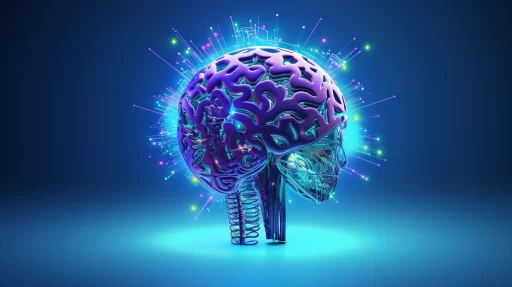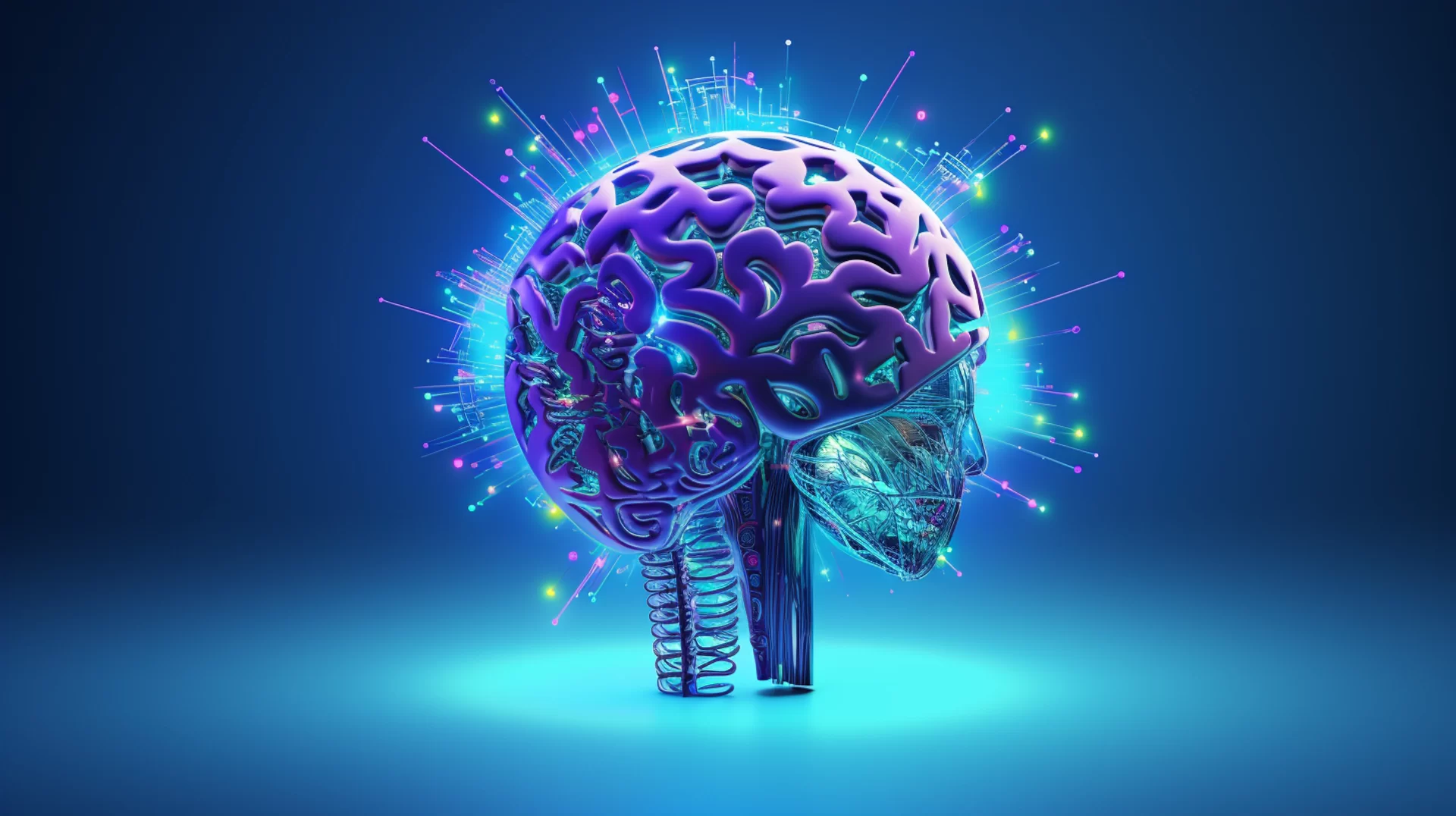Introduction
Machine learning is a subset of AI, which uses algorithms that learn from data to make predictions. These predictions can be generated through supervised learning, where algorithms learn patterns from existing data, or unsupervised learning, where they discover general patterns in data.
Understanding the Essence of Machine Learning:
At its core, machine learning is a subset of artificial intelligence (AI) that empowers systems to learn from data and improve their performance over time without explicit programming. The essence lies in the ability of algorithms to identify patterns, make decisions, and adapt autonomously based on the information they process.
The Pillars of Machine Learning:
Machine learning is often categorized into three main types: supervised learning, unsupervised learning, and reinforcement learning.
Supervised Learning: In supervised learning, the algorithm is trained on a labeled dataset, where the input data is paired with corresponding output labels. The goal is for the algorithm to learn the mapping function that relates inputs to outputs, enabling it to make predictions on new, unseen data.
Unsupervised Learning: Unsupervised learning involves training the algorithm on unlabeled data, and its objective is to find hidden patterns or structures within the dataset. Clustering and dimensionality reduction are common techniques employed in unsupervised learning.
Reinforcement Learning: Reinforcement learning is inspired by behavioral psychology, where an agent learns to make decisions by interacting with an environment. The algorithm receives feedback in the form of rewards or penalties, guiding it towards optimal decision-making.
Real-World Applications:
Machine learning has permeated various sectors, revolutionizing the way tasks are performed and problems are solved.
Healthcare: ML algorithms are used for disease diagnosis, personalized treatment plans, and predicting patient outcomes. The ability to analyze vast amounts of medical data enhances the accuracy and efficiency of healthcare systems.
Finance: In the financial sector, machine learning aids in fraud detection, algorithmic trading, credit scoring, and risk management. These applications leverage ML’s predictive capabilities to make data-driven decisions in real-time
Autonomous Vehicles: The development of self-driving cars relies heavily on machine learning. Algorithms process sensor data, recognize patterns in the environment make split-second decisions to ensure the safety and efficiency of autonomous vehicles.
Natural Language Processing (NLP): NLP, a subfield of machine learning, enables computers to understand, interpret, and generate human language. Virtual assistants, language translation, and sentiment analysis are among the numerous applications of NLP.
Challenges and Ethical Considerations:
While machine learning brings forth groundbreaking innovations, it also poses challenges and ethical dilemmas. Issues related to bias in algorithms, data privacy, and the potential impact on employment require careful consideration and responsible development practices.
The Future of Machine Learning:
As technology continues to evolve, the future of machine learning holds promise for even more sophisticated applications. Advancements in deep learning, reinforcement learning, and the integration of AI into various domains will drive the next wave of innovation.
Conclusion
Machine learning stands as a testament to humanity’s quest for intelligent systems that can learn, adapt, and contribute to our ever-evolving world. As we navigate through this realm of algorithms and data, it is crucial to approach machine learning with a balanced perspective, embracing its potential while addressing the challenges and ethical implications it brings. The journey into the marvels of machine learning is ongoing, and the possibilities are boundless.







